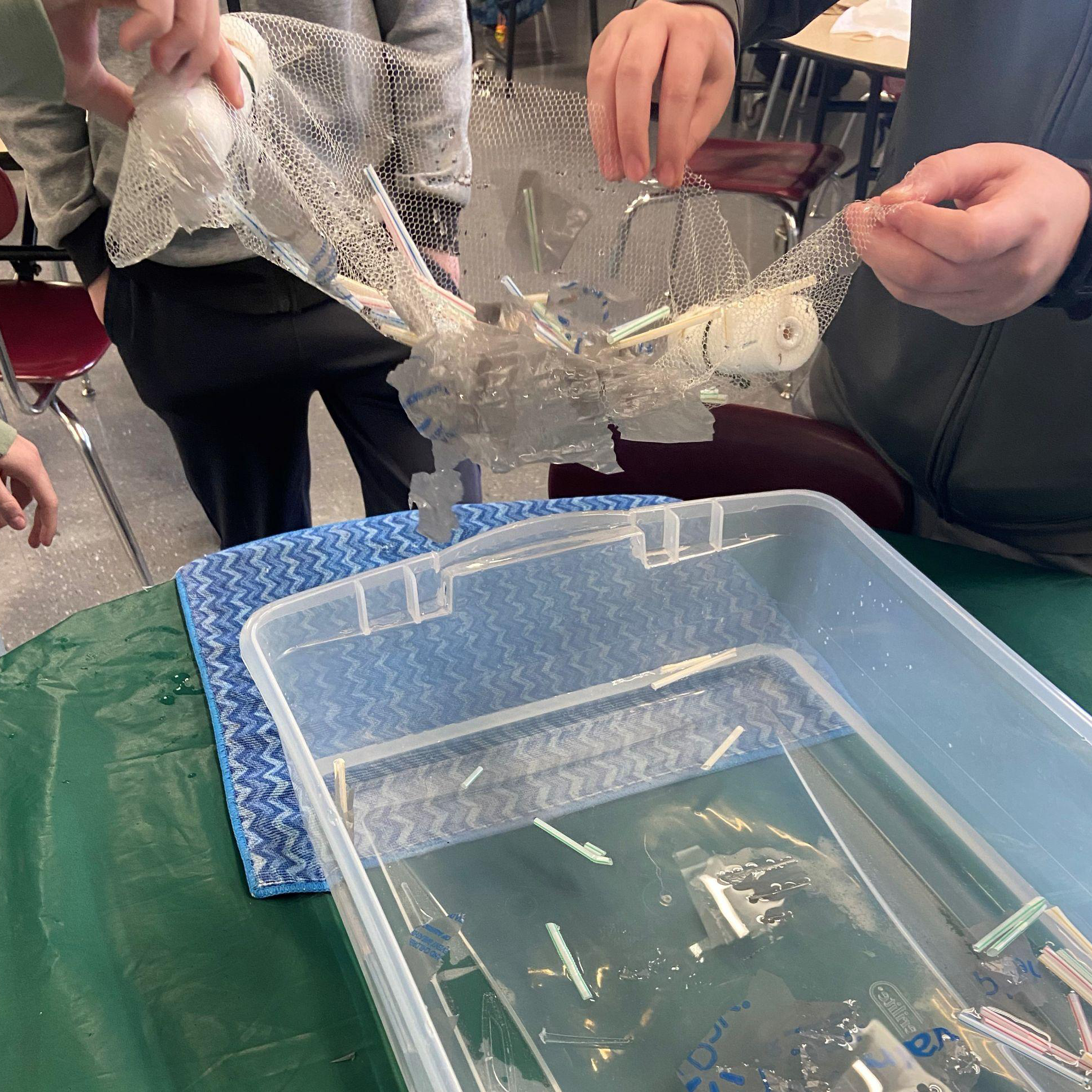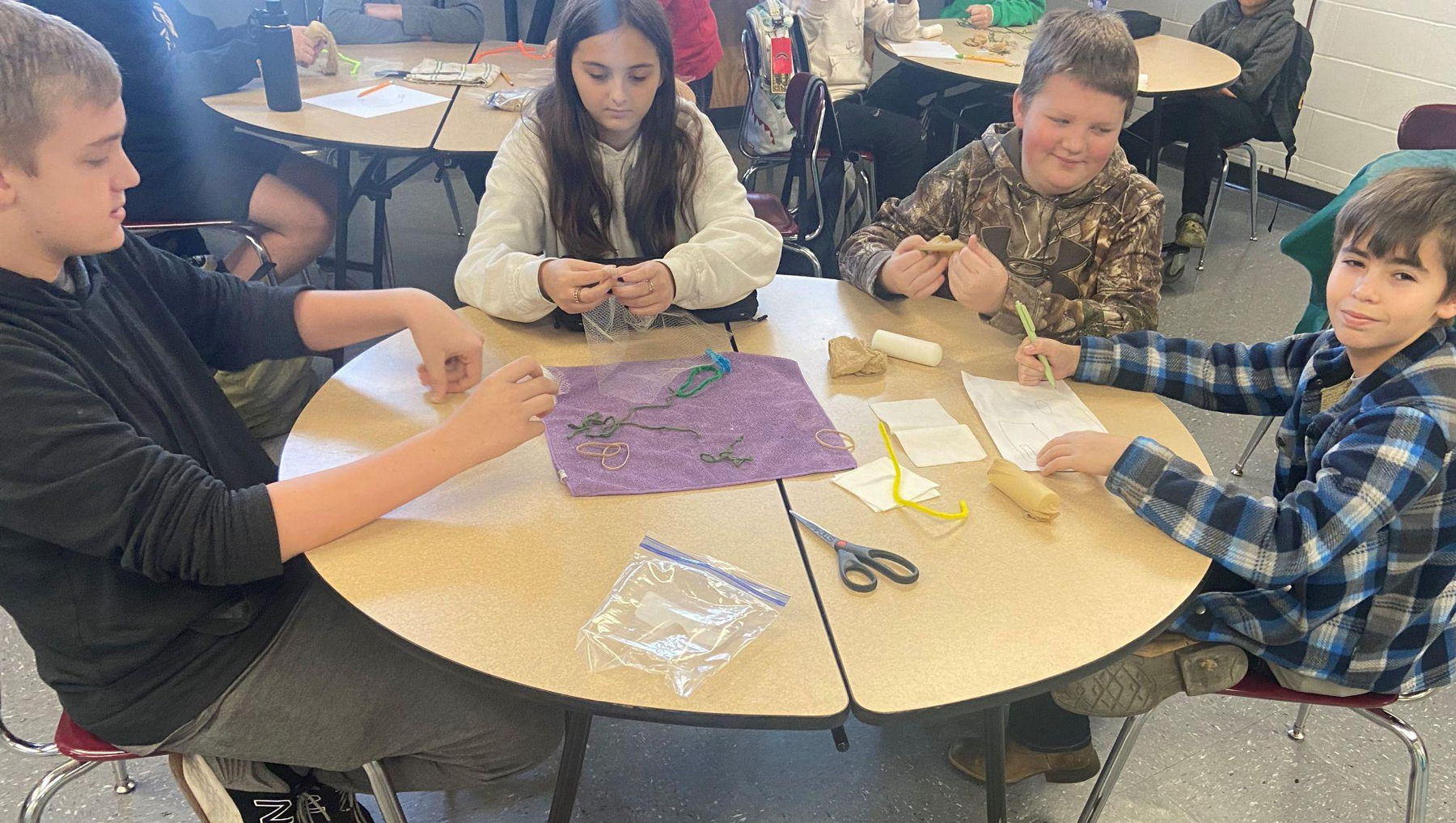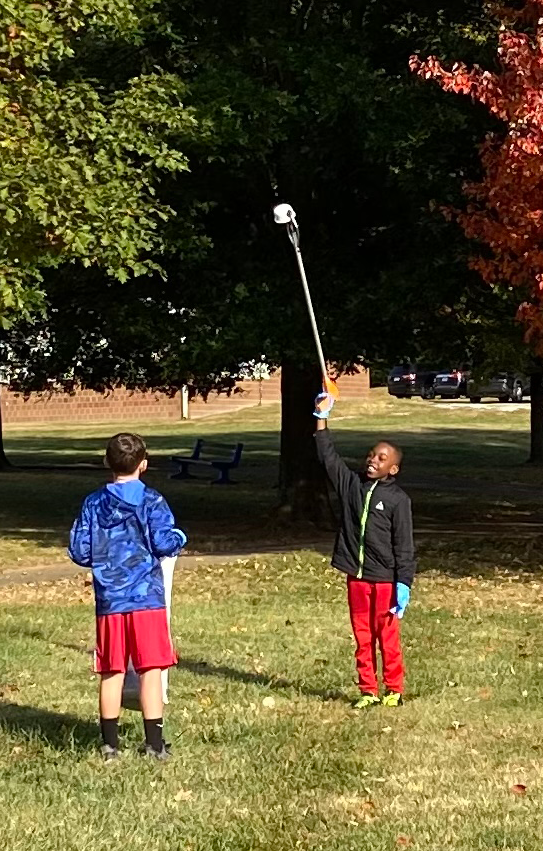Get ready for Lexington Water Week – March 18-25 with Our Resource Library!
Lexington Water Week is right around the corner and we have an entire Resource Library available for checkout so you can bring water education to your classroom or home! With over 90,000 miles of surface rivers and streams in Kentucky, there is so much to learn about our water systems, the importance of those systems in supplying our communities with a healthy water supply, and how to ensure those sources stay protected – that’s where our Resource Library comes in.
We house a free library of classroom materials, books, and other resources available for teachers and community members to check out. Resources may be checked out for a maximum of two weeks and can be picked up from/dropped off at our offices Monday-Friday 9am-4pm by appointment. Here are just a few of the items in our library that you can check out specifically for water education:
- Preserved macroinvertebrate specimens, including a crayfish, dragonfly larvae, and leech! This kit also includes ID keys for macroinvertebrates.
- Kit for a stream study, including flashcards for identification of salamanders, frogs and toads, macroinvertebrates, and turtles. The stream walk kit also includes 5 small nets, bug viewers, a turbidity tube, books and more.
- Classroom set of mini stream table kits for experimenting with and observing erosion.
- Book sets on Wetlands and Aquatic Systems
- Incredible Journey (Learning activity that explores the movement of water through the natural water cycle.)
- …and MORE!
Save the date for Lexington Water Week March 18-25 and make sure to contact info@bggreensource.org for additional information or click here to reserve materials.


















